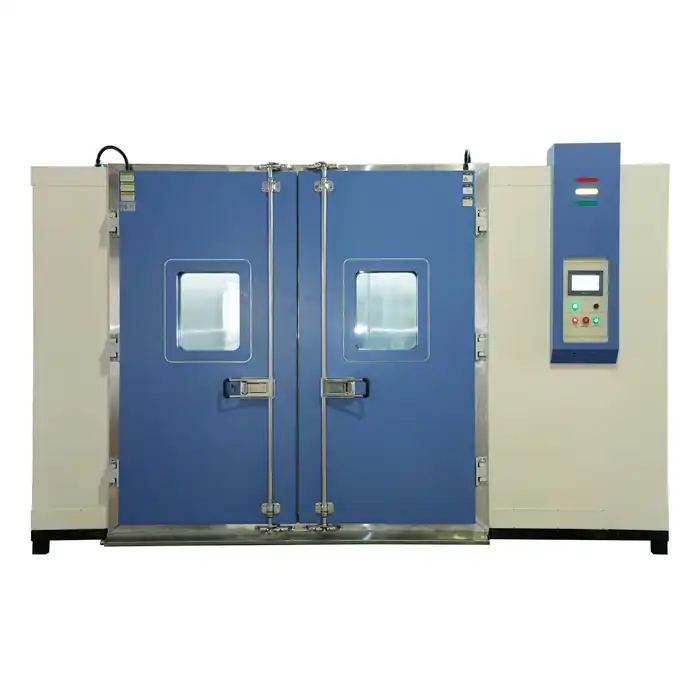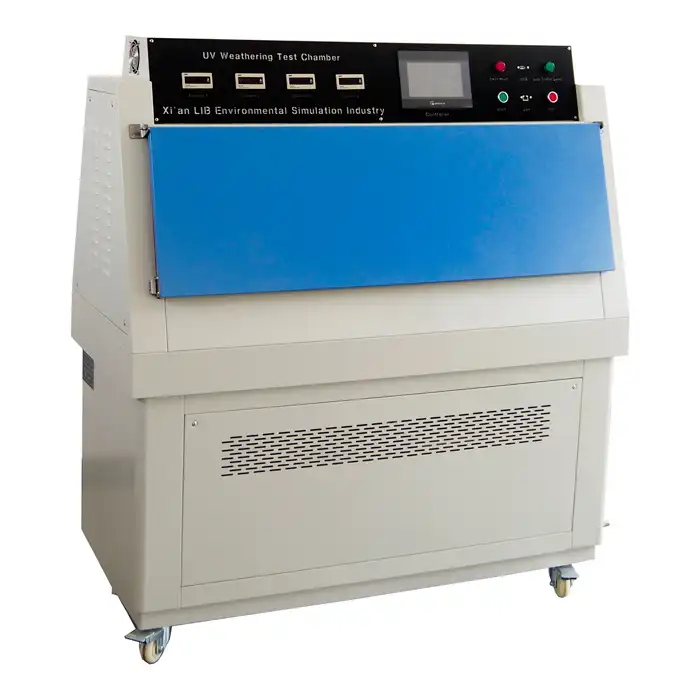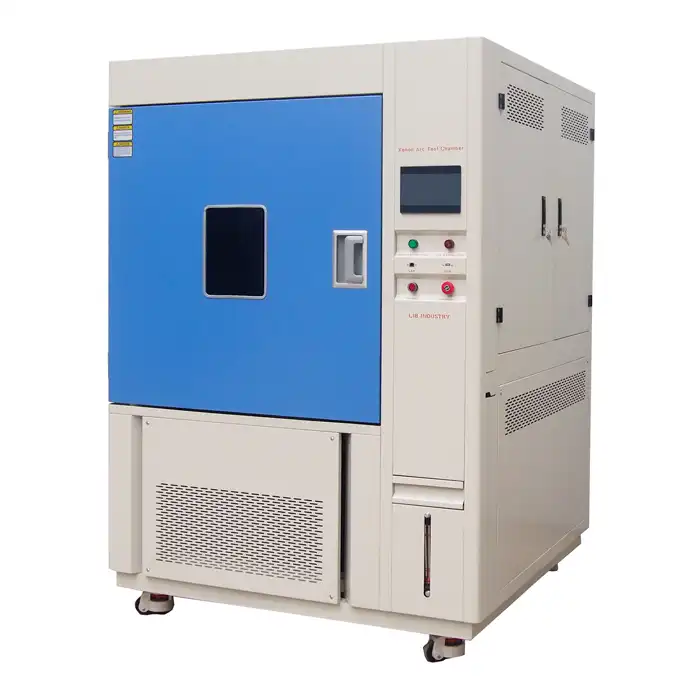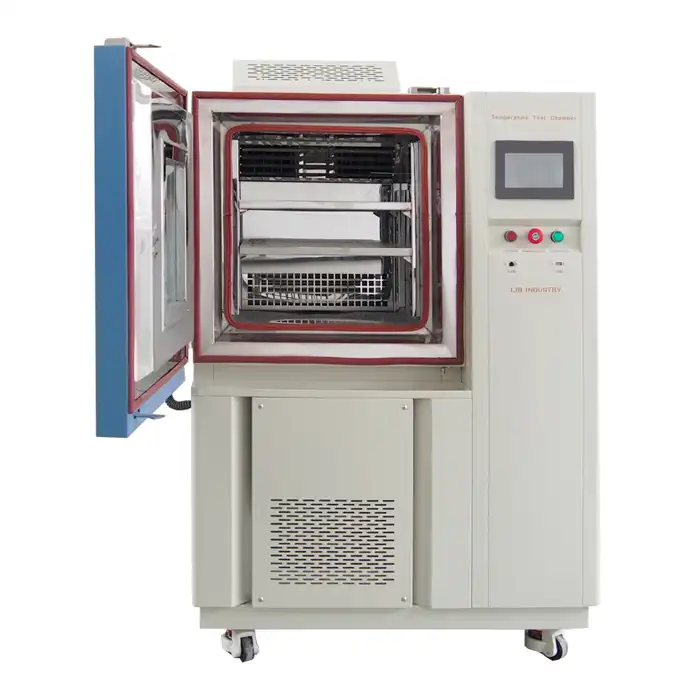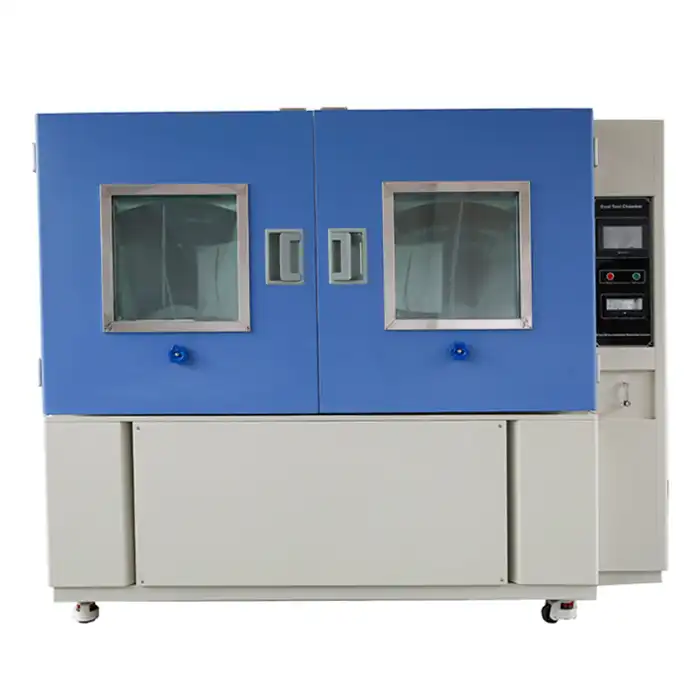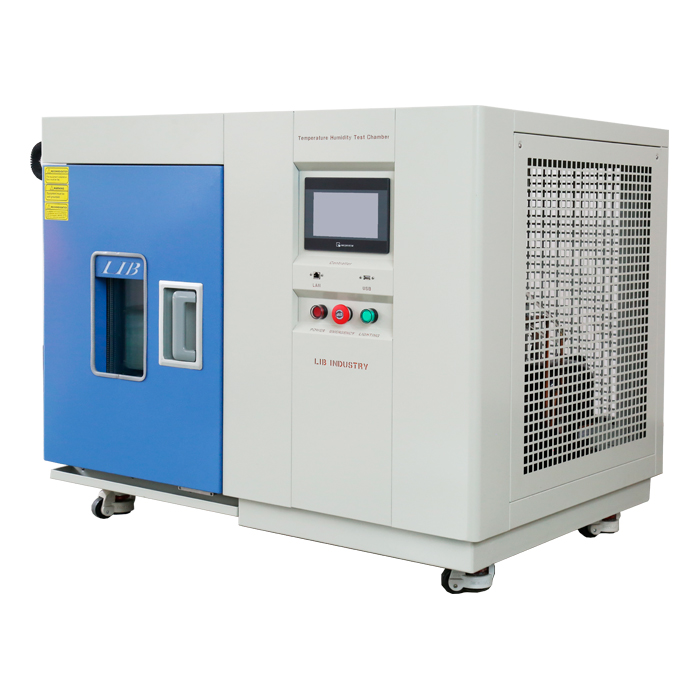Understanding the Role of Environmental Testing Chambers in PV Module Quality Control
In the rapidly evolving solar energy industry, ensuring the reliability and longevity of photovoltaic (PV) modules is paramount for manufacturers. The ability to consistently produce high-quality PV modules depends on rigorous quality control measures, and environmental testing chamber for PV module play a crucial role in this process.
Early Detection of Manufacturing Defects: Identifying Vulnerabilities Through Rigorous Testing
Manufacturing defects in PV modules can lead to major performance issues, such as reduced efficiency, premature degradation, or complete failure. Environmental testing chambers allow manufacturers to detect these vulnerabilities early in the production process by subjecting modules to extreme conditions, such as high temperatures, humidity, and UV exposure. This process helps identify issues like microcracks, solder joint failures, or encapsulant degradation, which may not be apparent under normal operating conditions.
Through comprehensive testing, manufacturers can isolate weak points and make necessary adjustments to both the design and materials used. This not only reduces the risk of defective products reaching the market but also saves time and resources in the long run. By investing in rigorous quality control measures such as this, manufacturers can build trust with their customers, ensuring their PV modules are reliable and durable over time.
Ensuring Material Durability: Evaluating the Resilience of PV Module Components Under Stress
PV modules are exposed to harsh environmental conditions throughout their operational life, including extreme weather, temperature fluctuations, and mechanical stresses. Environmental testing chamber for PV module allow manufacturers to evaluate the durability of materials used in PV module construction by mimicking these stressors in a controlled environment. Tests such as thermal cycling, damp heat exposure, and mechanical load testing help determine how well module components, such as glass, backing sheets, and junction boxes, perform under prolonged stress.
For example, thermal cycling tests simulate the rapid temperature changes that PV modules can experience in the real world, such as going from cold nighttime temperatures to hot daytime conditions. This process helps manufacturers understand how materials expand and contract, which can cause mechanical stress over time. By evaluating these stressors, manufacturers can choose materials with higher durability or make design changes to minimize the impact of environmental factors on module performance, ultimately boosting the longevity and reliability of their products.
Predicting Long-Term Performance: Using Accelerated Aging to Forecast Module Lifespan and Reliability
One of the most valuable functions of environmental testing chamber for PV module is their ability to simulate the long-term aging process of PV modules in a compressed timeframe. By subjecting modules to intensified conditions, such as higher temperatures, humidity, and UV exposure, accelerated aging tests provide insights into how the modules will perform over their expected lifespan, typically 25 to 30 years.
These tests help manufacturers predict potential degradation patterns, allowing them to improve the design and material selection to enhance reliability. For instance, prolonged exposure to UV radiation in testing chambers can reveal how quickly the module's encapsulant may degrade or discolor, which could affect the overall efficiency of the PV module. By understanding these degradation mechanisms early, manufacturers can take proactive steps to improve the module's resistance to aging and ensure consistent performance over its lifetime.
Optimizing Production Processes: Feedback from Environmental Testing to Improve PV Module Manufacturing
Environmental testing chamber for PV module not only help in quality control but also provide valuable feedback that manufacturers can use to enhance their production processes. By analyzing the results of testing, manufacturers can identify trends and patterns in the performance of their modules under various conditions, enabling them to refine their manufacturing techniques and optimize material use.
For example, if repeated tests show that a certain adhesive used in module construction consistently fails under high humidity, manufacturers can adjust their production process by selecting a more appropriate adhesive or modifying the assembly method to reduce failure rates. This iterative process allows for continuous improvement in PV module quality and helps manufacturers stay competitive in the global market.
Moreover, environmental testing data can be used to improve the efficiency of manufacturing lines, reducing waste and lowering overall production costs. By incorporating feedback loops from testing into the production process, manufacturers can ensure that every module leaving the factory meets stringent quality standards, resulting in fewer warranty claims and greater customer satisfaction.
If you're looking for a turn-key solution for environmental testing, LIB Industry is your trusted partner. We specialize in designing, producing, and delivering custom environmental testing chamber for PV module tailored to your specific needs. For more information, contact us at ellen@lib-industry.com.
References
1. "Reliability and Testing of Photovoltaic Modules," Solar Energy Materials and Solar Cells, 2021.
2. "The Role of Environmental Stress Testing in the Photovoltaic Industry," Renewable Energy Journal, 2019.
3. "Accelerated Lifetime Testing of PV Modules," International Journal of Photovoltaic Research, 2022.
4. "Material Degradation in PV Modules: Insights from Environmental Testing," Journal of Materials Science, 2020.



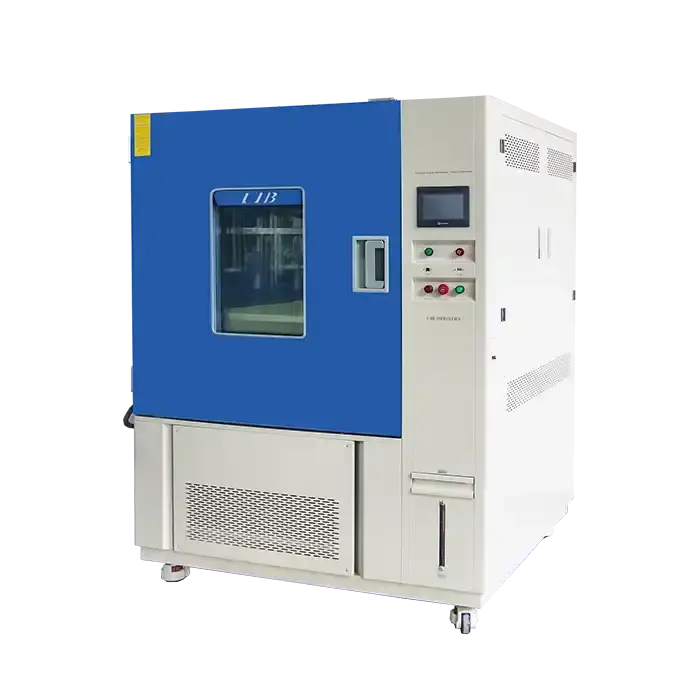
.webp)
